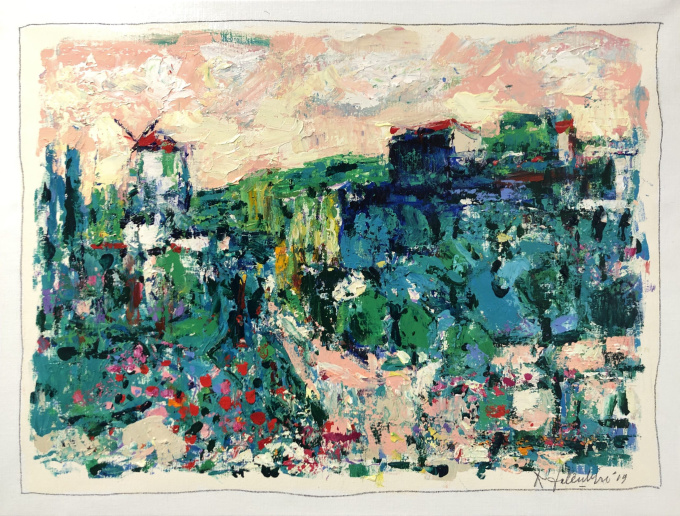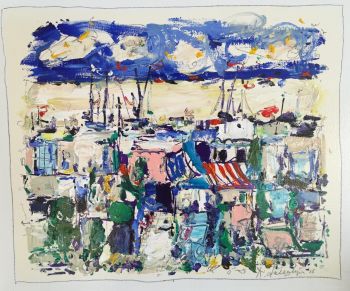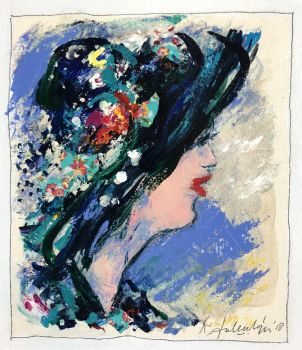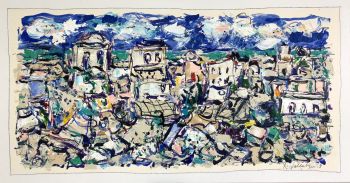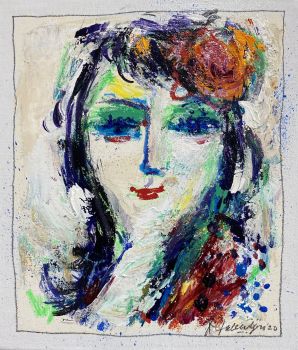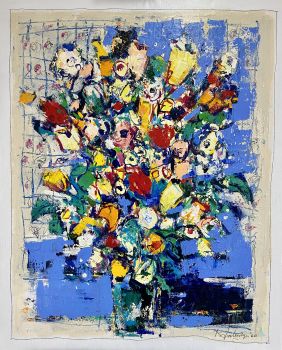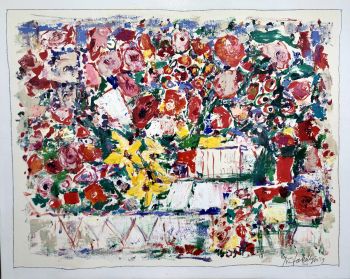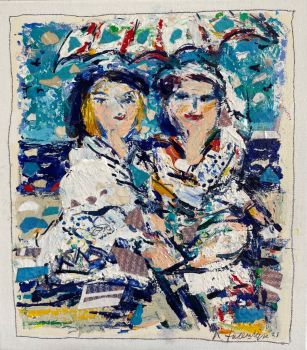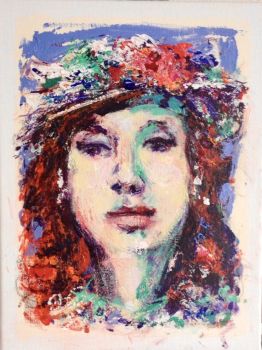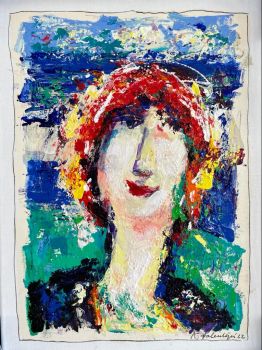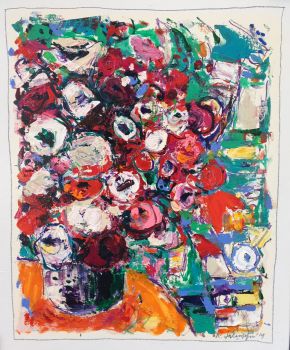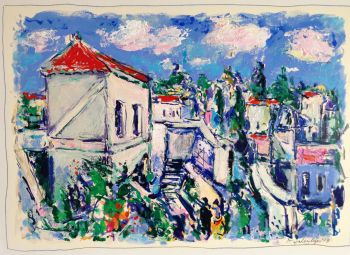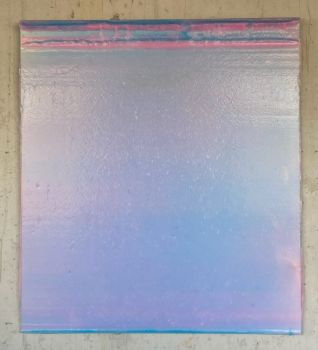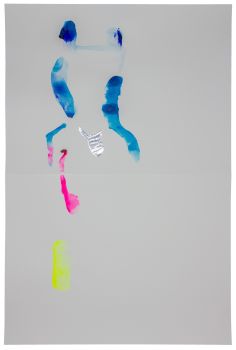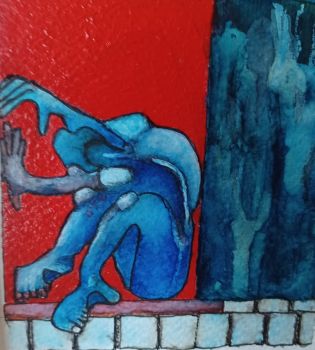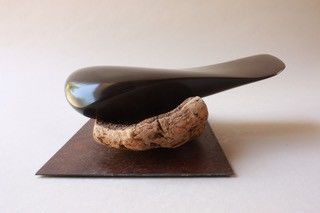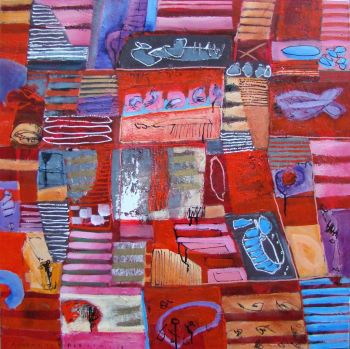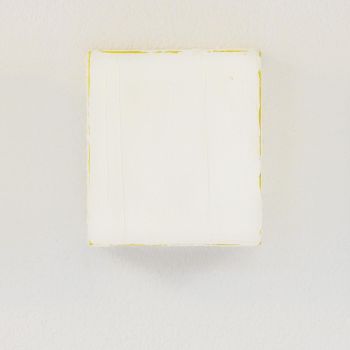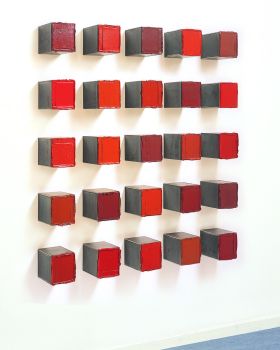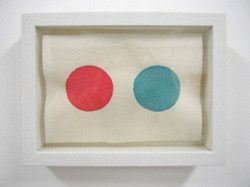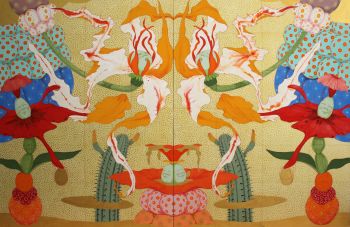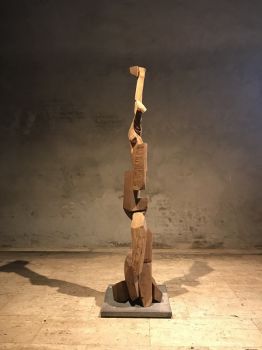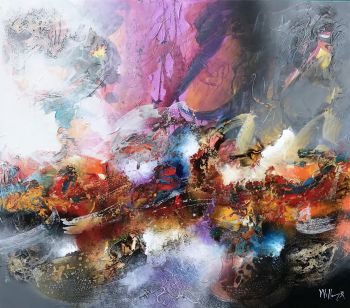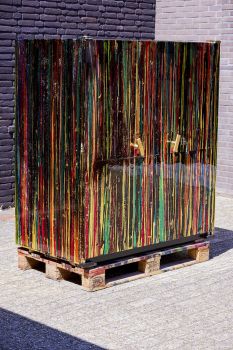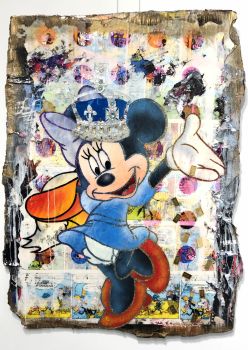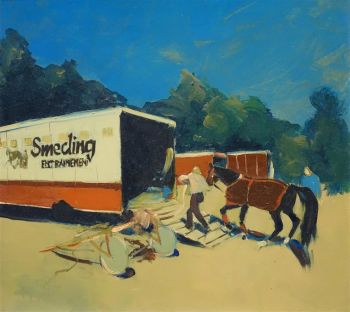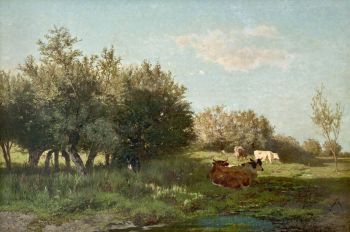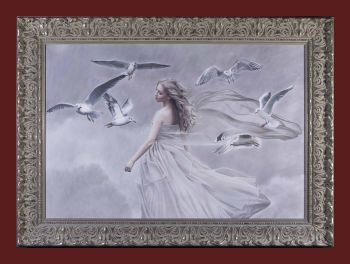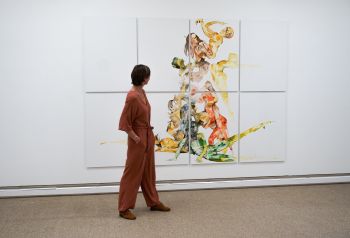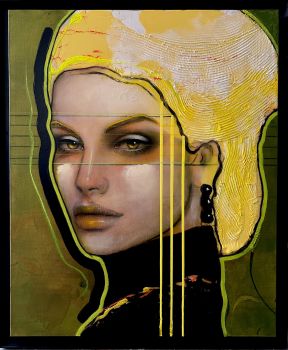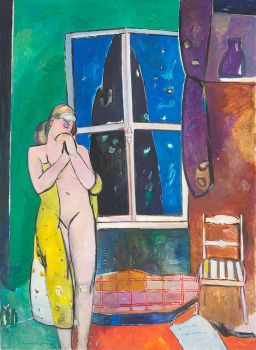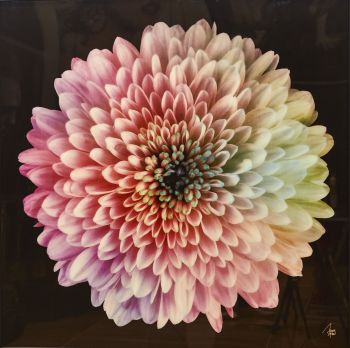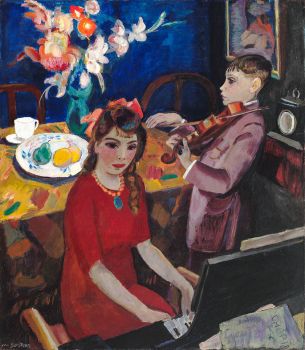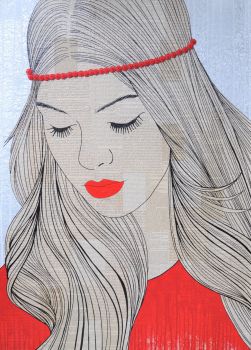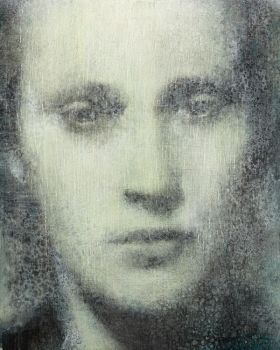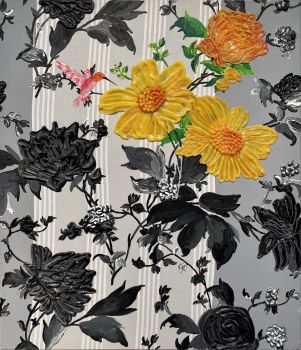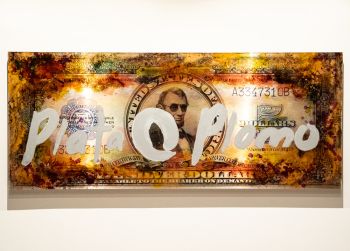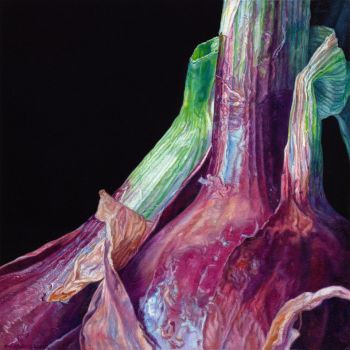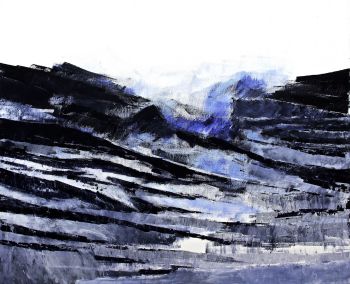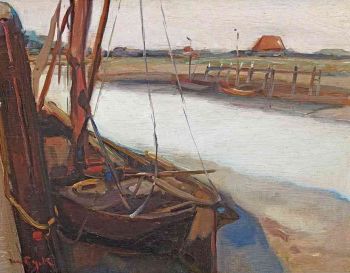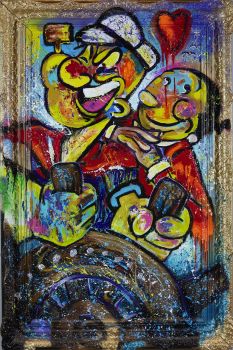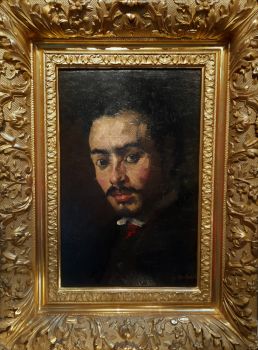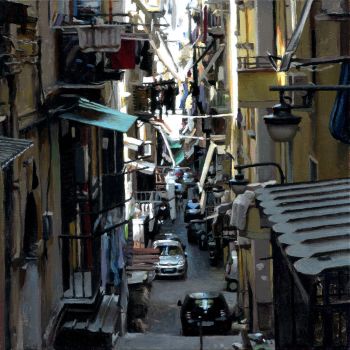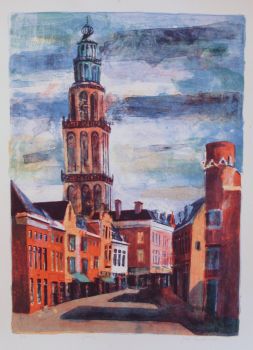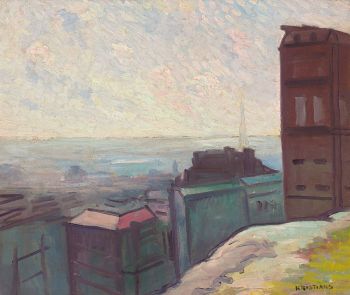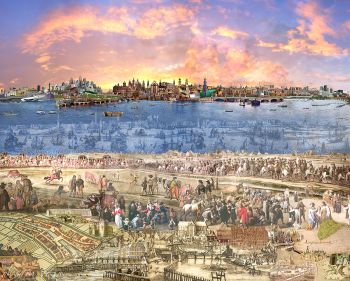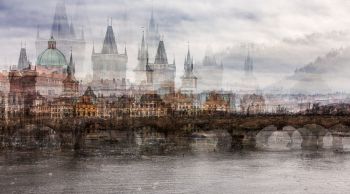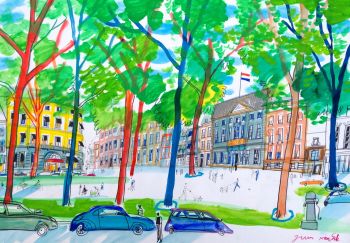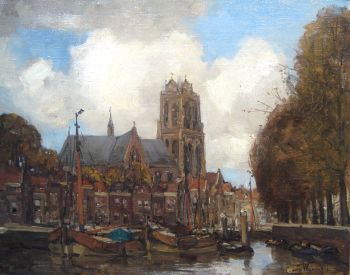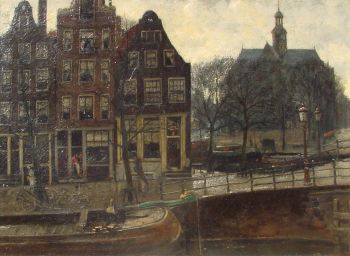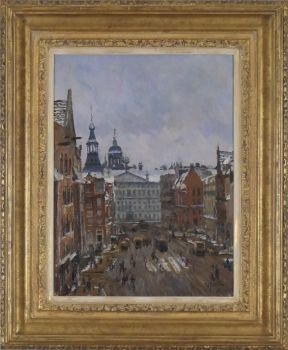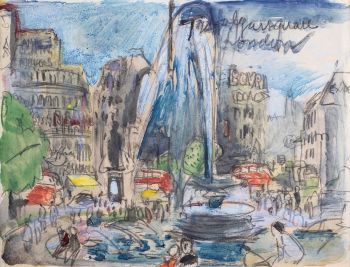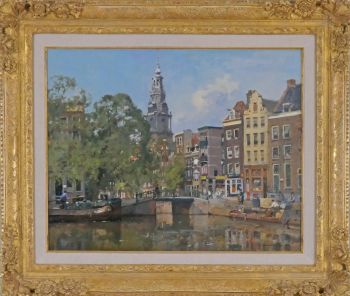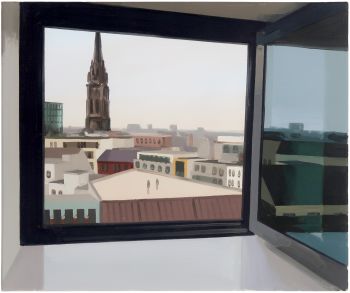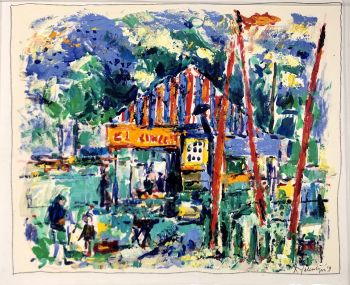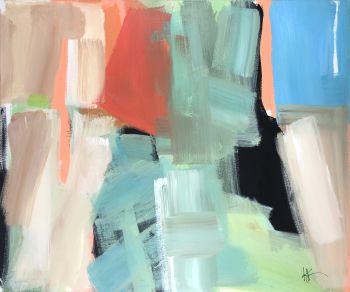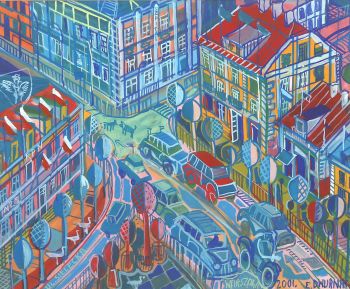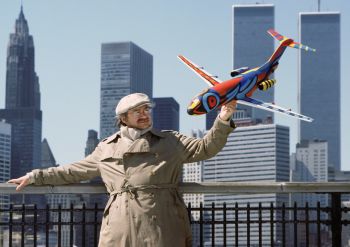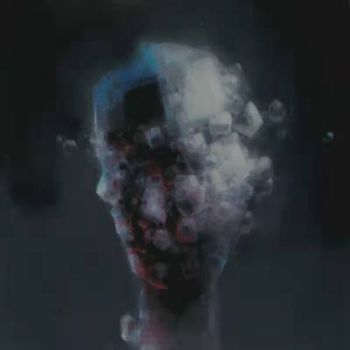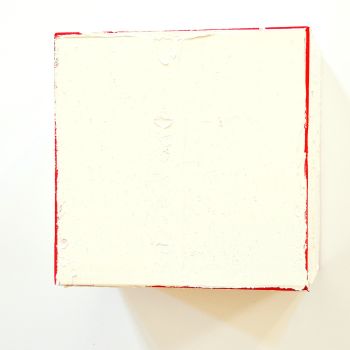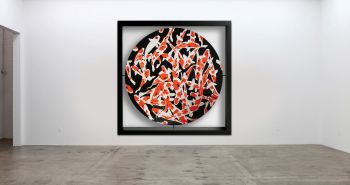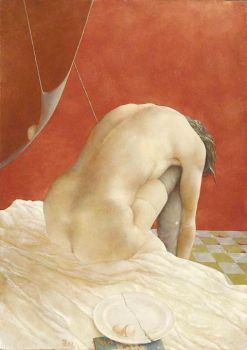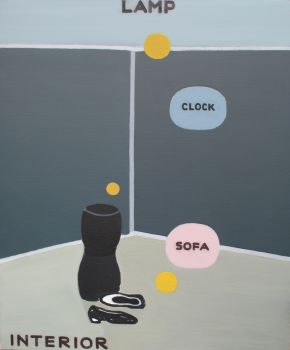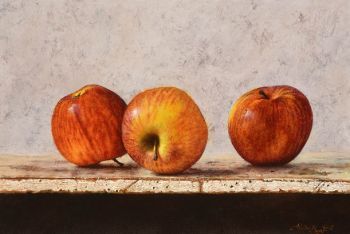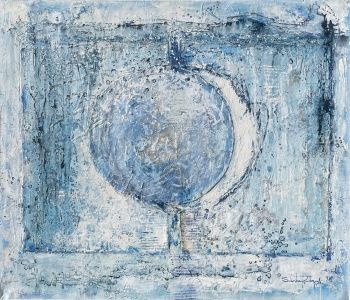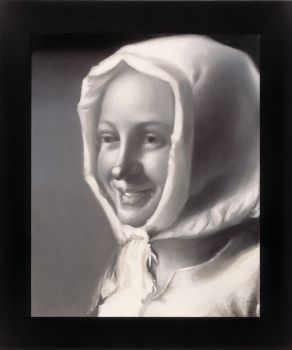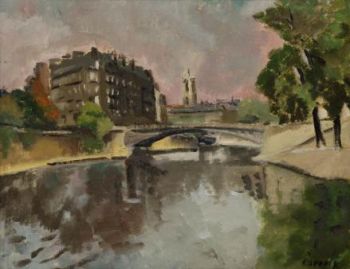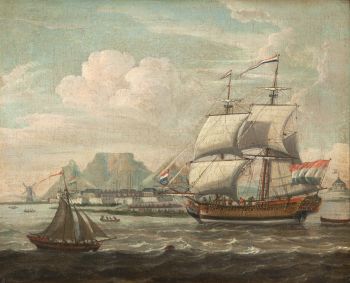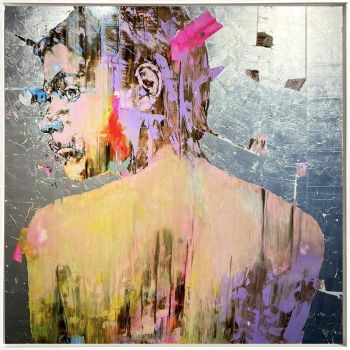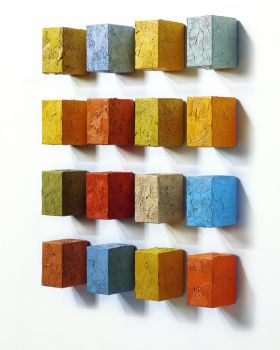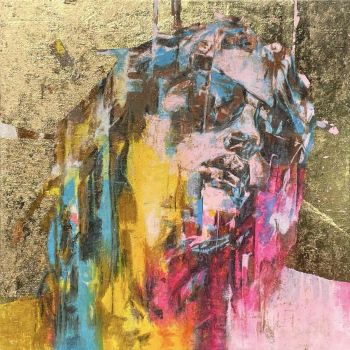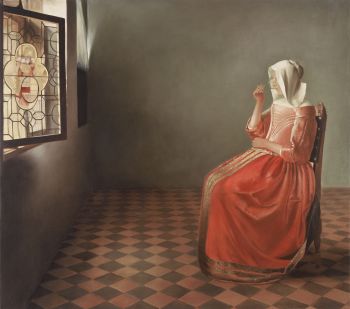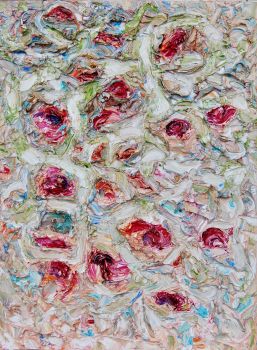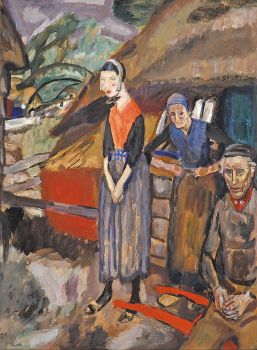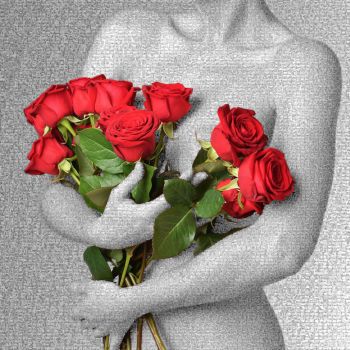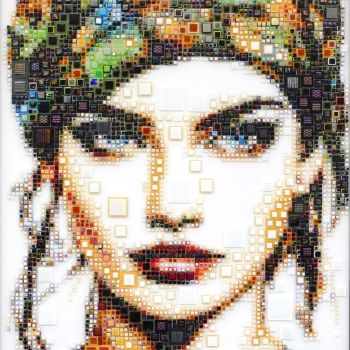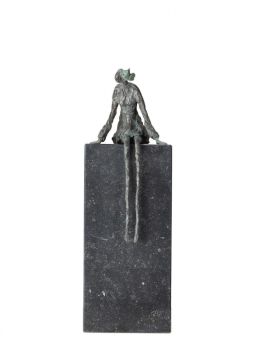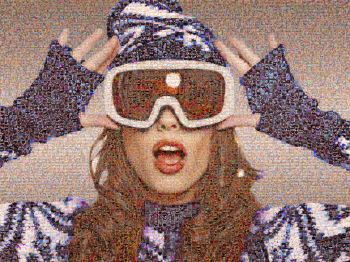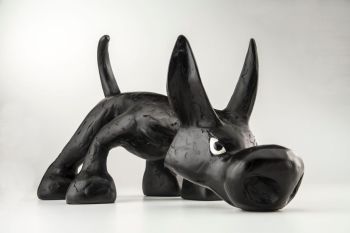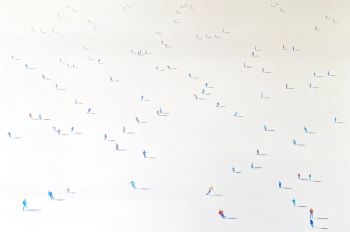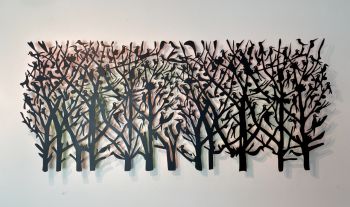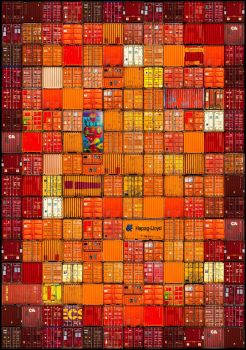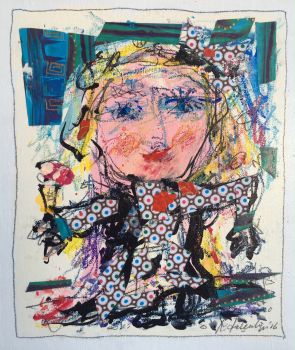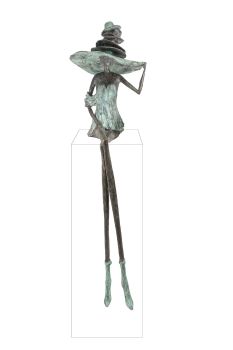Ciudadela 2019
Kees Salentijn
TelaColori acriliciPittura a olioDipingere
60 ⨯ 80 cm
Prezzo su richiesta
Okker Art Gallery
- A proposito di opere d'arteKees Salentijn’s work is characterized by diversity. According to himself, one means is not necessarily better than the other in art, as long as it is used correctly. One day Salentijn works figuratively classical or expressively abstract. The other day again childishly naive.
One of the many characteristics of Salentijn’s works is the experimental and diverse use of different materials. Drawings with pen, brush and / or pencil, but he also uses acrylic paint on canvas, collages, gouaches or a combination of these techniques.
Kees Salentijn mainly draws inspiration from Spain. The topics vary from the culture, the crowded Spanish beaches, dancing, walking ladies on beautiful boulevards, landscapes, parties. These themes are alternated rapidly. His works not only characterize great versatility, but also underline his fiery passion for the most diverse styles in art. - A proposito di opere artista
Kees Salentijn è un pittore figurativo olandese, nato nel 1947. Salentijn ha frequentato la Rijksacademie voor Beeldende Kunsten ad Amsterdam con O.B. Kat come suo mentore. Studia dipinti del Prado a Madrid e soggiorna un periodo presso una famiglia berbera in Marocco. Negli anni '80 Salentijn ha viaggiato molto in Spagna. Si sente connesso agli artisti e ai loro diversi stili e combina le allegre immagini CoBrA con le influenze della cultura spagnola. La morte del matador Paguiri è il punto di partenza per Salentijn per creare i suoi primi dipinti di corrida. Li ha combinati per formare "Les folues d'Espargne" che espone ad Amsterdam.
Alla fine degli anni '80 Salentijn lavora tra Venlo e Amsterdam dove soggiorna con gli amici. All'inizio degli anni '90 si trasferisce in uno spazio d'arte ad Amsterdam dove inizia un periodo di rapida produzione. Il suo lavoro è caratterizzato dall'uso sperimentale di matite, penne, gouaches e acrilici, il tutto in combinazione con grafiche e stampe. Non esiste un “meglio di” e basa il suo stile sulla negazione di questo principio. Salentijn trae ispirazione dalla Spagna, dalla cultura, dal paesaggio, dalle spiagge, ecc. Le sue opere hanno sempre titoli spagnoli.
Sei interessato ad acquistare questa opera d'arte?
Artwork details
Related artworks
- 1 - 4 / 12
- 1 - 4 / 24
Gerard Bilders
The 'Uiterwaarden' at Oosterbeek (flood plains)1861
Prezzo su richiestaStudio 2000 Art Gallery
Willem Maris
Polderlandschap met koeien en molens op warme zomerdag1880 - 1890
Prezzo su richiestaPrivate Collection Classic Arts
1 - 4 / 24Dirk Johannes van Haaren
Brouwersgracht in Amsterdam (near Noordermarkt)1904
Prezzo su richiestaKunsthandel Pygmalion
Herbert Fiedler
Stadsgezicht bij avond/ Café du tabac, Parijs1931
Prezzo su richiestaStudio 2000 Art Gallery
Bob Buys
Paris, Gare de L'Est, Passerelle de la Rue d'Alsace1940 - 1950
Prezzo su richiestaAdelwein Kunst
1 - 4 / 24 A cura di
A cura diDanny Bree
Carel Nicolaas Storm van 's Gravesande
My studio in Bruxelles1841 - 1924
Prezzo su richiestaKunsthandel Pygmalion
Roman & Henriëtte Reisinger
Tulips still life in glass jar2020
Prezzo su richiestaAtelier/ Galerie H&R Reisinger
Dutch School
Arrivo di un uomo delle Indie orientali olandesi a Table Bay18th century
Prezzo su richiestaZebregs & Röell - Fine Art - Antiques
Gerard Bilders
The 'Uiterwaarden' at Oosterbeek (flood plains)1861
Prezzo su richiestaStudio 2000 Art Gallery
1 - 4 / 24- 1 - 4 / 12

